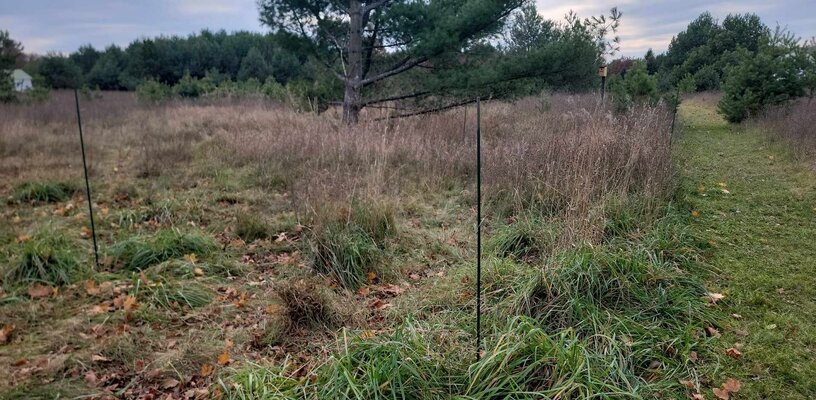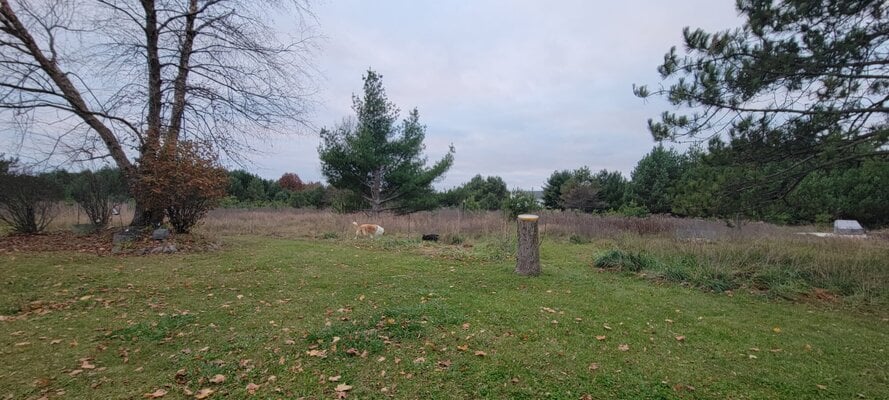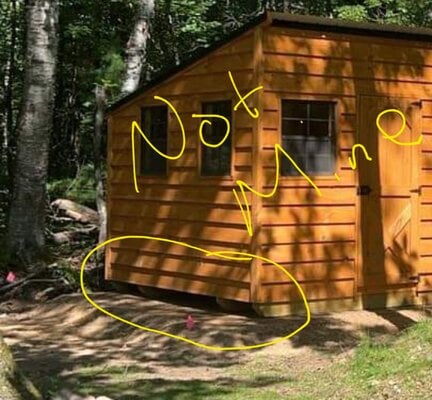I'm planning on buying a coop from a builder about an hour away. They will deliver it. They recommend a gravel pad to set it atop. After doing some research, the 'best practice' seems to be to build a frame of treated wood, level, then add 4-6" gravel. Easier than a slab, but... it means a lot of digging by hand, a good chance of killing nearby trees by hitting roots, and possibly hauling gravel by the bucket-full, renting a compactor, etc etc, because we don't have any sort of heavy farm equipment. Our site is situated towards the center of a square 5 acre parcel with lots of young trees that I would hate to mash into oblivion driving a dump truck through the yard.
Anyway. Let's say I'm comfortable with perhaps a little less than "best" and I just toss down a 4" layer of gravel and level it out and call it a day. Or further yet, plop the thing directly on the ground. It has treated lumber joists and our soil is mostly compacted sand and all the weed roots holding it together. A little bit of topsoil but generally very dry even in the spring thaw. It's pretty flat already - was an old potato field 35+ years ago.
Would I be making a monumental mistake cheaping out on the site prep? Will the treated lumber joists rot away being in contact with the ground? I know the pressure-treated wood is supposed to last longer, but what exactly is "longer"?
For reference, the coop is 10x10 and is a ground-level, walk-in type. Once it's down it's unlikely we'll be able to move it.
Thank you for humoring my over-thinking.
Anyway. Let's say I'm comfortable with perhaps a little less than "best" and I just toss down a 4" layer of gravel and level it out and call it a day. Or further yet, plop the thing directly on the ground. It has treated lumber joists and our soil is mostly compacted sand and all the weed roots holding it together. A little bit of topsoil but generally very dry even in the spring thaw. It's pretty flat already - was an old potato field 35+ years ago.
Would I be making a monumental mistake cheaping out on the site prep? Will the treated lumber joists rot away being in contact with the ground? I know the pressure-treated wood is supposed to last longer, but what exactly is "longer"?
For reference, the coop is 10x10 and is a ground-level, walk-in type. Once it's down it's unlikely we'll be able to move it.
Thank you for humoring my over-thinking.





